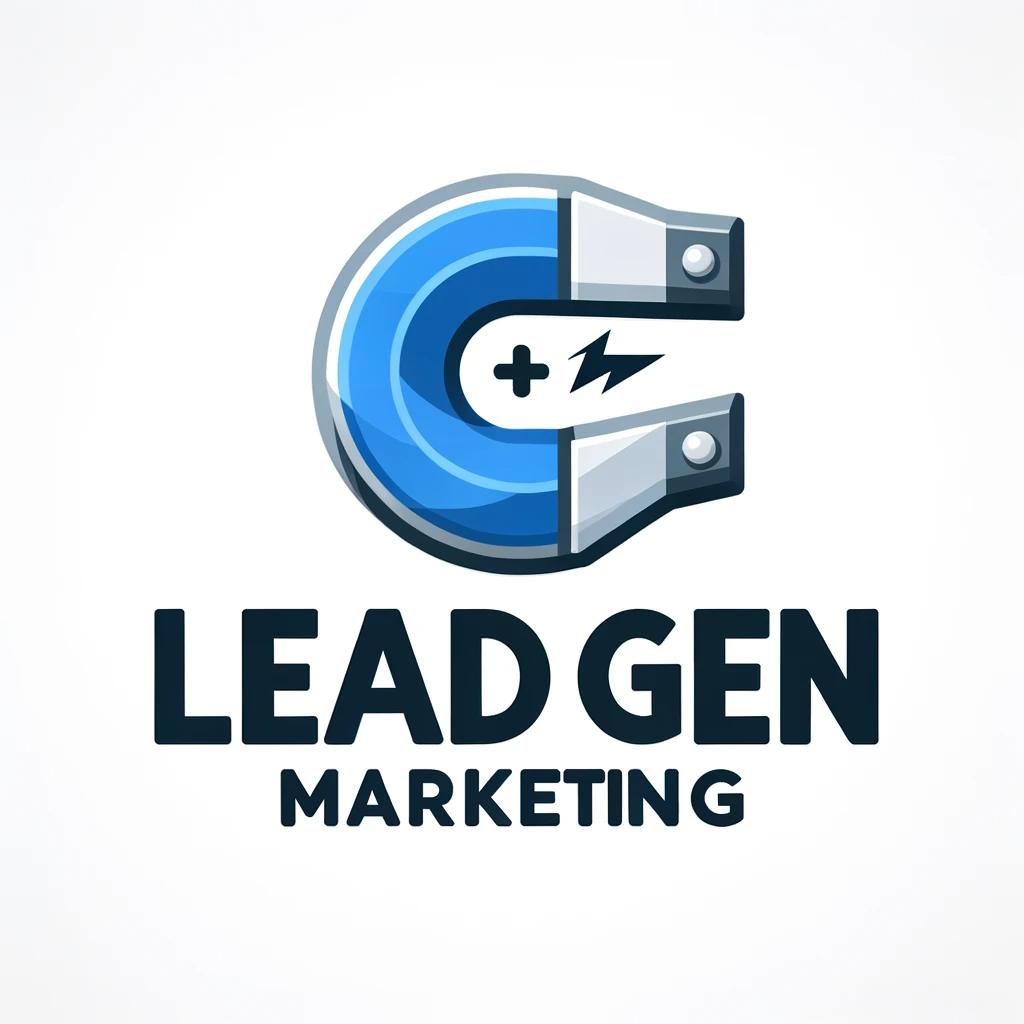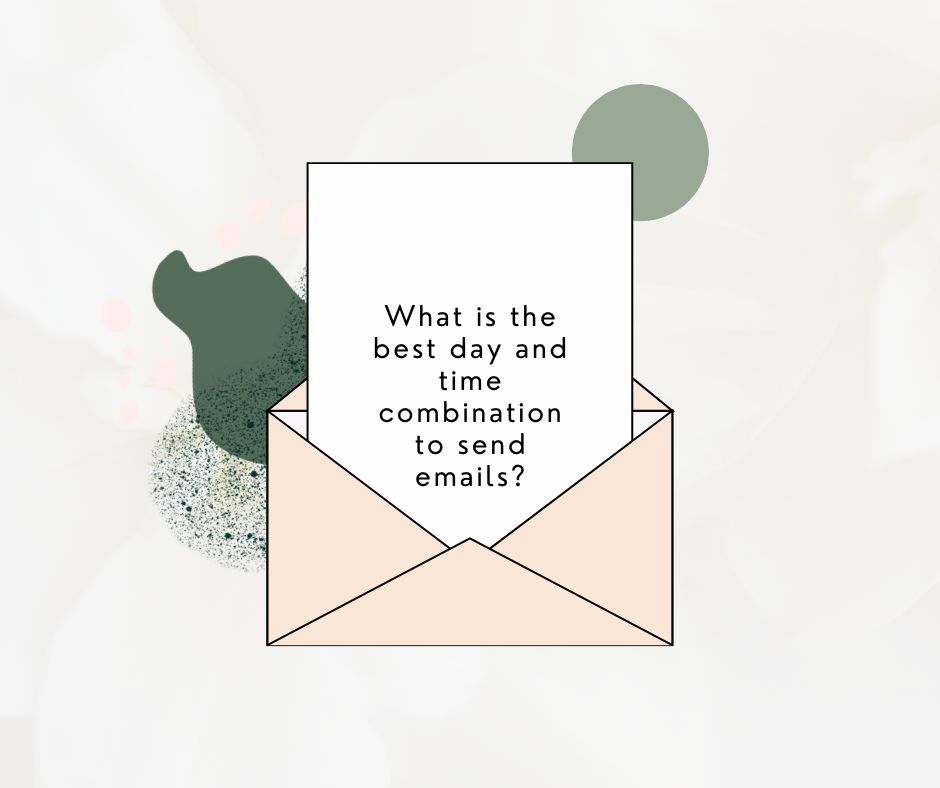Determining the best day and time combination to send emails can significantly impact the success of your email marketing campaigns. While there isn’t a one-size-fits-all answer to this question, several studies and industry data can guide finding the optimal timing.

1. Consider your target audience: The first step is to understand the demographics and behavior of your audience. Are they professionals or consumers? What time zone are they in? This information will help you tailor your email schedule accordingly.
2. Test different options: Conduct A/B testing by sending emails to a portion of your audience on different days and times. This will allow you to compare each scenario’s open, click-through, and conversion rates. Over time, you’ll be able to identify patterns and trends.
3. Avoid weekends and holidays: Weekdays generally perform better than weekends. People are usually more focused on work during weekdays, making them more likely to engage with emails. Similarly, avoid sending emails on significant holidays when people are likely to be preoccupied with festivities.
4. Mornings tend to be effective: Studies have shown that sending emails between 9 am and 11 am yields better results. This time frame allows people to settle into their workday, check their emails, and engage with relevant content.
5. Consider lunch breaks: Another adequate time to send emails is during lunch breaks, typically between 12 pm and 1 pm. Many people use this time to catch up on personal emails and browse their inboxes. Sending emails during this time can increase the likelihood of them opening and engaging with your content.
6. Avoid late evenings: Sending emails in the late evenings, mainly after 9 pm, may not be as effective. Many people are winding down for the day and may not have the energy or inclination to open and engage with emails. It’s best to avoid this time slot to ensure your emails receive the attention they deserve.
7. Consider time zones: If your target audience spans different time zones, it’s important to consider that when scheduling your emails. Sending emails at a time that aligns with the local time of your recipients can increase the chances of them seeing and engaging with your emails.
8. Analyze industry benchmarks: Research industry benchmarks and best practices to understand what works well for your industry. Different industries may have other peak engagement times, so having a benchmark to compare against is helpful.
It’s important to note that while these guidelines can provide a starting point, every audience is unique, and it’s crucial to continually test and optimize your email send times based on your specific data and insights. By analyzing the metrics and trends from your email campaigns, you can uncover the best day and time combination that resonates with your target audience and maximizes the success of your email marketing efforts.
If you want to learn more about email and digital marketing strategies for lead generation, contact us today for a free consultation.
Let’s discuss your goals, needs, and challenges and how I can help you overcome them.
Let’s chat!😊


Comments are closed